Entertainment
‘Barlinnie destroyed me, but it also made me a better person’
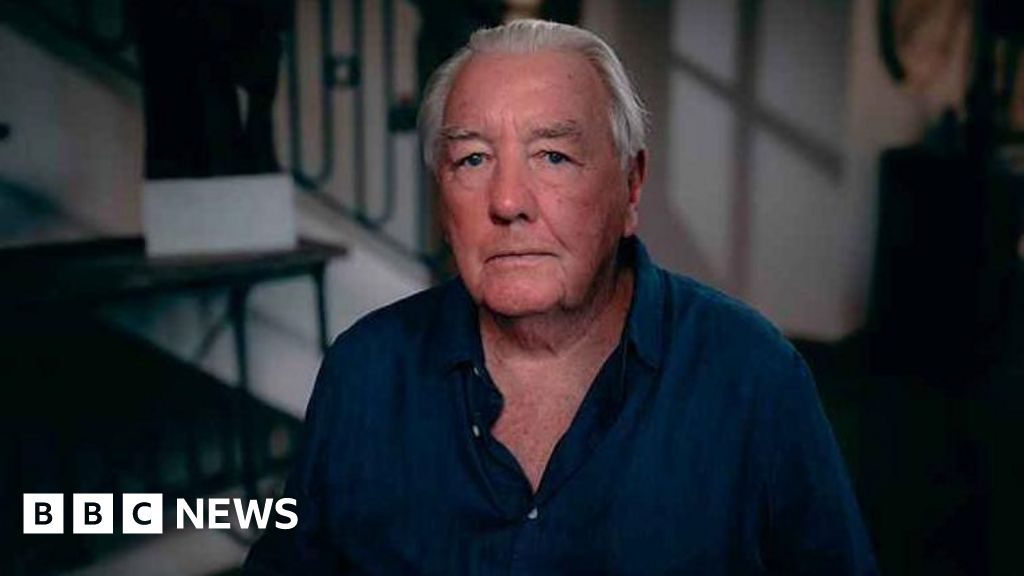
 BBC
BBCJimmy Boyle saw his opportunity. Reaching over the table, he felt the crack as his fist connected with the governor of Barlinnie Prison’s jaw. Within moments, the guards were on top of him.
Boyle’s behaviour behind bars, where he was regularly involved in rioting and attacks on prison guards, earned him the tag of Scotland’s most dangerous man.
But his life turned around after being placed in Barlinnie’s experimental – and highly controversial – special unit.
The former gangland enforcer, who became a respected sculptor and novelist, has spoken about his experiences as part of a new BBC Scotland documentary telling the story of the 142-year-old jail, which is earmarked for closure.
Boyle served 14 years for the murder of gangland adversary William ‘Babs’ Rooney in 1967.
He has always denied carrying out the killing.
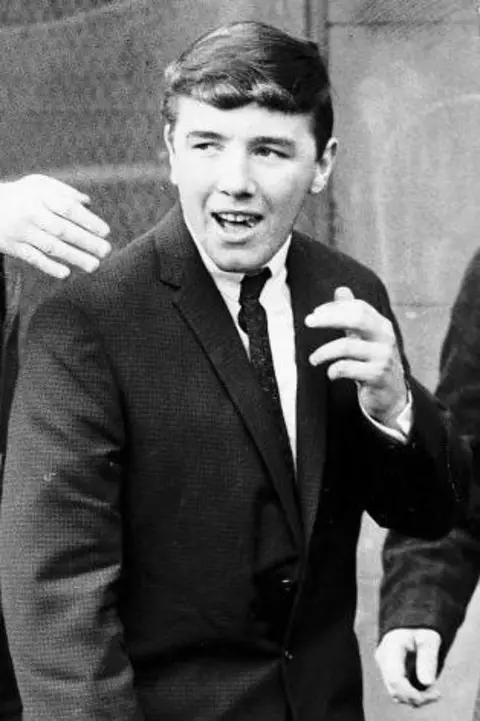 Daily Record/Mirrorpix via Getty Images
Daily Record/Mirrorpix via Getty ImagesDuring his early incarceration, he waged a one-man “war of attrition” on the prison system from inside Barlinnie’s imposing walls.
“Barlinnie Prison destroyed me, but it also made me a better person,” Boyle, now 80, told the documentary.
“Every cell they put me in to, I broke up, I tore down and I got another sentence.
“When I continued to rebel, they then put me in what was called a silent cell. They would come in and beat me.”
Even a transfer to solitary confinement was not enough to stop his campaign of disorder.
“All you’ve got is a plastic pot,” he recalled.
“So I did what you do in the pot and I covered myself and when they opened the door, I just ran at them. The three of them just slammed the door.
“Every time I went to the toilet, I was sort of re-arming myself. There was this war of attrition. They didn’t know that I was fearless.”
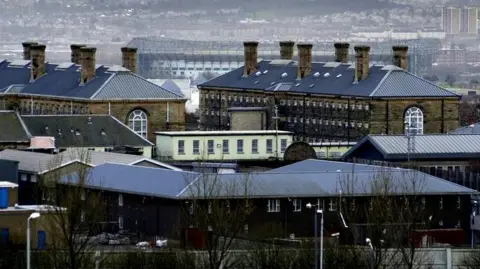 PA Media
PA MediaBoyle’s impact on the prison system was such that it was decided, in the early 1970s, that he could not be contained by normal means.
He was instead transferred to the infamous “cages” at the former Porterfield Prison in Inverness, where the only facility was a concrete block on which to sleep.
He was stripped naked and given a blanket as his only possession.
On the wall, a list of rules stated that no prisoner should have been in the cell for more than six months.
Boyle was there for four-and-a-half years.
On one occasion, he says he persuaded a corrupt officer to conceal knives so that he could pass them on to other prisoners in the bathroom.
During the ensuing attack, he was knocked unconscious.
He was taken to hospital, where a medic advised officers to keep him in overnight due to fears for his life.
The guards were unrelenting, taking Boyle back to the cage.
He awoke “covered in blood” with almost 50 stitches in his head.
But Boyle’s life was transformed back at Barlinnie with the introduction of the “special unit”.
Through a green door, some of the country’s most violent offenders were kept in conditions far removed from those of prisoners on the other side.
Shielded from view, staff and inmates would mingle in more relaxed settings.
Cells had beds, television sets and more modern conveniences. Prisoners were even able wear their own clothes and have pets such as cats, Guinea pigs and rabbits.
It also featured expressive activities, including sculpture under the gaze of pioneering art therapist Joyce Laing.
“Art was so far from our world. It was for the toffs,” said Boyle.
“She [Joyce] brought in this seven pounds of clay. I did this portrait and it was like a dam bursting for me. It was the first positive thing I ever did in my life.”
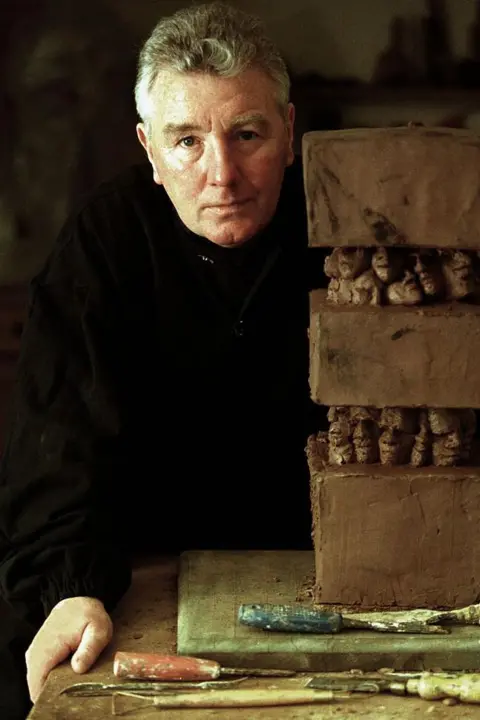 Getty Images
Getty ImagesBoyle’s work, which featured sculptures of chained fists and the scales of justice, quickly caught the eye of gallery owner Richard Demarco.
He offered Boyle an exhibition space at the Edinburgh International Festival in 1974.
To public outrage, Boyle was allowed out to attend the show.
“I thought he has to be seen as an artist,” Mr Demarco told the programme.
“I found myself accused of bringing dishonour to the meaning of art.”
By the time Boyle was released in 1980, he had also become a bestselling author, – but the controversy over the special unit had started to rankle with elements of the Scottish public.
Press reports of alcohol and drug-fuelled parties did little to quell the disquiet and the unit eventually closed in 1994.
A total of 36 of Scotland’s most violent and difficult offenders passed through the green door in its 21 years of operation.
Of those, only four reoffended. One inmate took his own life and one other suffered a prescription drug overdose.
No staff were ever harmed during the unit’s lifespan.
‘Glasgow’s Guantanamo Bay’
Boyle later established youth programmes and schemes to prevent those released from prison from reoffending.
“There’s no way I would be here if the special unit had not been in existence,” he said.
“I’ve made a contribution to society. Do you want people like me to come out of prison the way I have come out? Or do you want someone who is going to come out and attack somebody?”
The modern Barlinnie is a world away from the violence-ridden “big hoose” of Boyle’s day.
Since opening in the city’s Riddrie in 1882, its five blocks have been overcrowded, with prisoners living in confined spaces.
It was not until 2004 that every cell had its own toilet. Until then, inmates still had to take part in “slopping out” their own buckets into a communal toilet.
Such draconian conditions, combined with prisoners often on opposite sides of warring factions outside its walls, earned it a foreboding and violent reputation.
The promise that misbehaving children would “end up in Barlinnie” has been a quintessential parenting tool for generations.
As one former inmate described it: “Barlinnie is a bit like Glasgow’s Guantanamo Bay”.
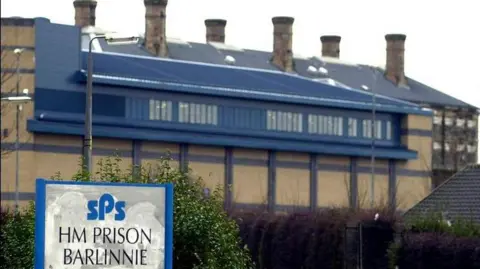 PA Media
PA MediaPresent-day inmates can take classes to increase their level of education, while a family centre allows prisoners access to their young children in a more relaxed setting.
Levels of violence, while still an issue, are vastly reduced from Boyle’s time.
But for governor Mick Stoney, there are new challenges to face.
About 80% of prisoners who arrive in Barlinnie have issues with alcohol or drugs.
Mr Stoney describes an “ongoing and constant battle” with illicit substances getting in to the prison.
The documentary shows officers searching the cell of one prisoner after a drone was caught overnight delivering a package into an open window.
Mr Stoney said it was “inevitable” that drugs would make their way to inmates.
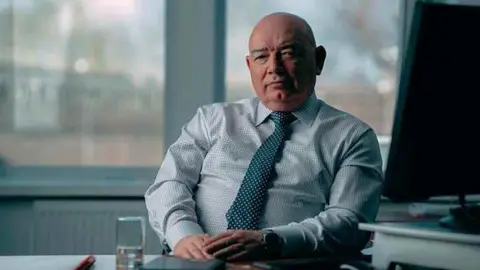
Inmate Jamie, who was returned to the prison for breaking the conditions of an ankle tag, became addicted to drugs during his initial five-year sentence for assault and robbery.
He had been clean for five months, before relapsing.
He told the programme that coming back to the prison was “like taking someone out of rehab and putting them in a drug den”.
“I know out there, I need to go looking for it. I don’t need to that in here,” he said.
“It’ll come and find me. And it’ll come and find me when I’m down in my darkest moments.”
Barlinnie is due to be replaced by a new prison, HMP Glasgow, on the site of the former Provan Gas Works.
No date has yet been set for its closure.
Mr Stoney said it was a chance to build a new legacy for the prison.
“Everybody wants a pound of flesh,” he said.
“There’s a retributive kind of approach to punishment, but restriction of liberty is a punishment.
“I want to replace the notoriety and famousness of Barlinnie with a positive image for Glasgow. That this prison can make a difference to people, a real difference.”
Episode one of Inside Barlinnie airs on BBC Scotland at 22:00 on 8 October. All episodes will be available on BBC iPlayer from 8 October.










